Poultry litter is a mixture of bedding, manure, poultry excreta, spilt feed, and feathers produced by intensive poultry production. Poultry bedding materials aid in moisture absorption and then reduce the production of ammonia and pathogens. Birds will naturally peck at the litter in addition to standing and resting on the bedding. As a result, litter quality and condition affect the intestinal health and performance of the birds, thereby affecting the farm profits. As such, you must follow specific management practices properly to maintain the litter and maximize the health, productivity, and profitability of the birds raised on it.
Effective Management Practices For Poultry Litter
1. Litter Quality/Moisture:
It’s critical to remember to keep the litter dry at all times. Excess moisture in the litter encourages the growth of pathogenic bacteria and moulds, leading to breast blisters, skin bums, scabby areas, bruising, condemnations, and downgrades. Also, wet litter causes ammonia emissions, one of the most serious performance and environmental factors affecting broiler production today
Keep your litter moisture between 20 and 25 per cent at all times. Squeezing a handful of litter is a good rule of thumb for estimating litter moisture content. If the litter sticks together tightly and forms a ball, then it is too wet. But it has the proper moisture content if it adheres slightly. But it could be too dry if it won’t stick at all.
Litter that is too dry and dusty can also lead to problems such as dehydration of new chicks, respiratory disease and increased condemnations. It can be one of many indications that the birds may not be drinking enough.
Factors that affect litter moisture include:
- Storage: If you do not store your new poultry litter properly, it can become damp before you spread it in the poultry shed.
- Nutrition: Certain dietary ingredients (especially salt), when fed in excess, cause broilers to consume and excrete large amounts of water and result in wet litter conditions.
- Environment: Weather conditions such as rain, humidity, condensation, or extremely cold temperatures causes wet litter.
- Ventilation: The broiler house ventilation system must be capable of effectively removing moisture.
2. Litter Re-utilization:
Partial litter reuse typically entails removing old litter from the brooding section of the shed, spreading it on the grower section, and then replacing the brooding section with new bedding material.
The benefits of re-using litter include:
- Less fresh bedding and transportation for spent litter
- Land application has a higher value (as fertilizer);
- Litter is generally drier than fresh bedding;
- Less labour;
- Shorter clean-out periods; reduced periods of fugitive odour emission
These benefits result in lower costs and make production more sustainable in the long run.
3. Litter Amendments:
High levels of ammonia in poultry houses can lead to poor performance and health in birds, and consequently loss of profits for the farmer. These ammonia levels can be reduced by using litter amendments. The most common type of amendment is an acidifier, which reduces ammonia levels by converting ammonia to ammonium. Ammonium is a highly reactive ion that bonds with sulfates, nitrates and phosphates to form ammonium salts that improve the nutrient value of litter.
4. Windrowing:
This is a deep stacking of litter, usually by ploughing the litter into long rows the length of the poultry house. This composting process helps to eliminate harmful pathogens. Re-spreading the stacked litter and allowing it to dry decreases ammonia and extend litter life.
5. Disposal/Re-use Of Poultry Litter:
The poultry industry supplies us with an enormous amount of poultry meat, but it also generates a large amount of waste in the process. Re-using your litter helps to reduce the amount of waste that you would need to dispose of. This helps you to save time on disposal and also money. It is both environmentally and pocket friendly😁.
You can re-use poultry litter as:
- Animal Feed: When you process poultry litter, you can as well use it as animal feed for cattle and fish.
- Fertilizer: Poultry litter is packed with a great number of nutrients essential for plant growth.
- Fuel: Poultry litter with a low moisture content can be burned to generate energy.
There are many creative ways to manage poultry wastes for profit and help the environment. As more farmers become aware of the benefits, more business opportunities will be discovered and we can continue to reduce our dependence on landfills.

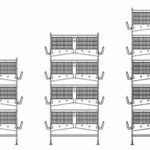


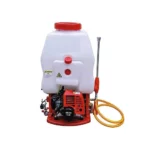
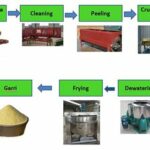
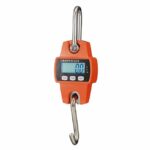
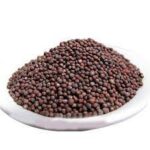








2 thoughts on “5 Easy Ways To Manage Poultry Litter And Make Profit”
I want to start a business for chicken eggs how to start this business
Hello Blue Maanea,
Thank you for reaching out to us.
We have different ebooks that can guide you on how to start a poultry layer farm. Kindly click here to check them out.
Also. you can subscribe to our newsletters for updates on the next edition of our online training on Poultry Farming for Beginners
For further information, kindly reach out to us on 08094091115.